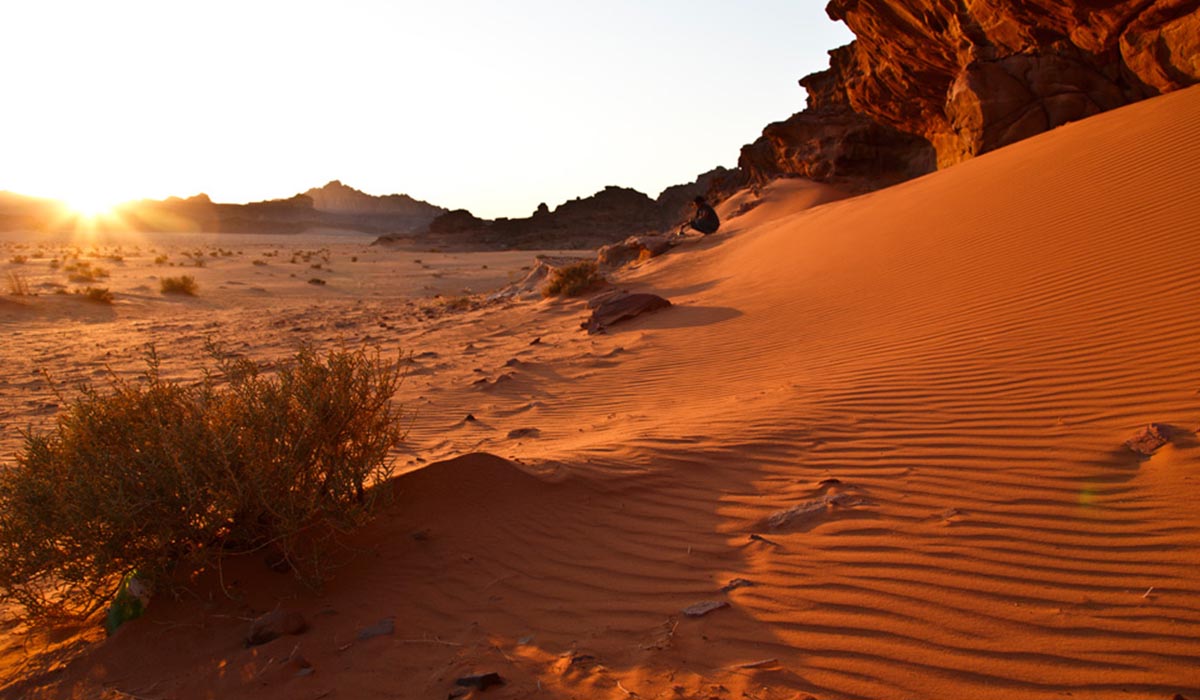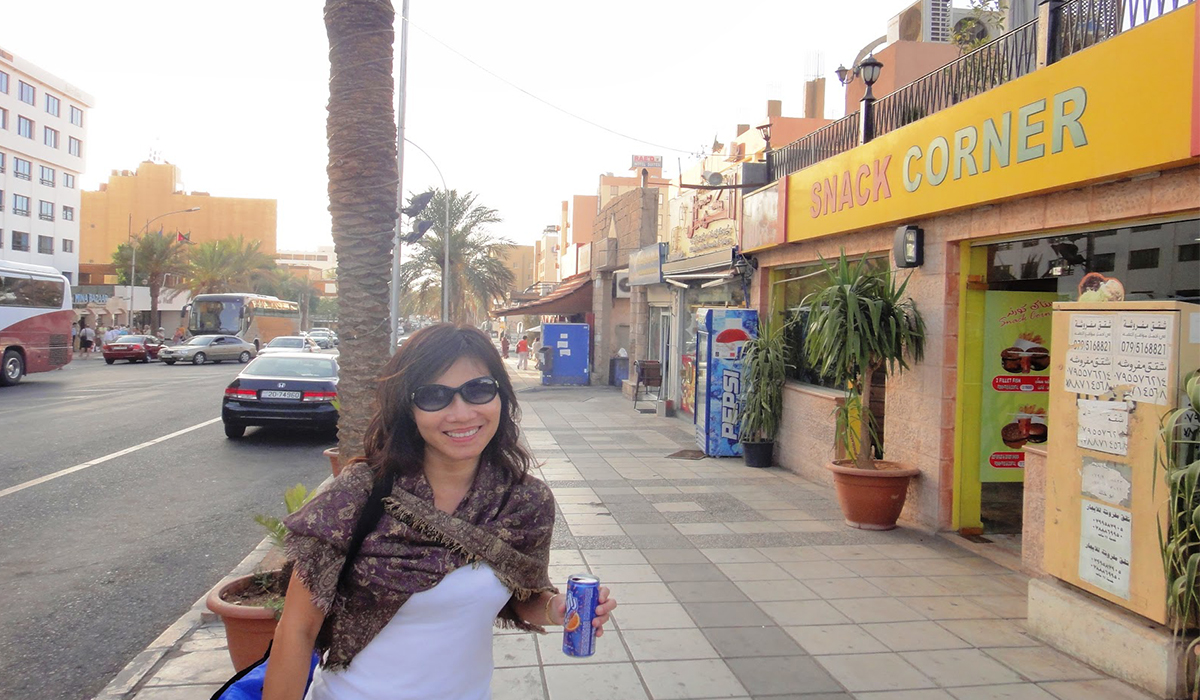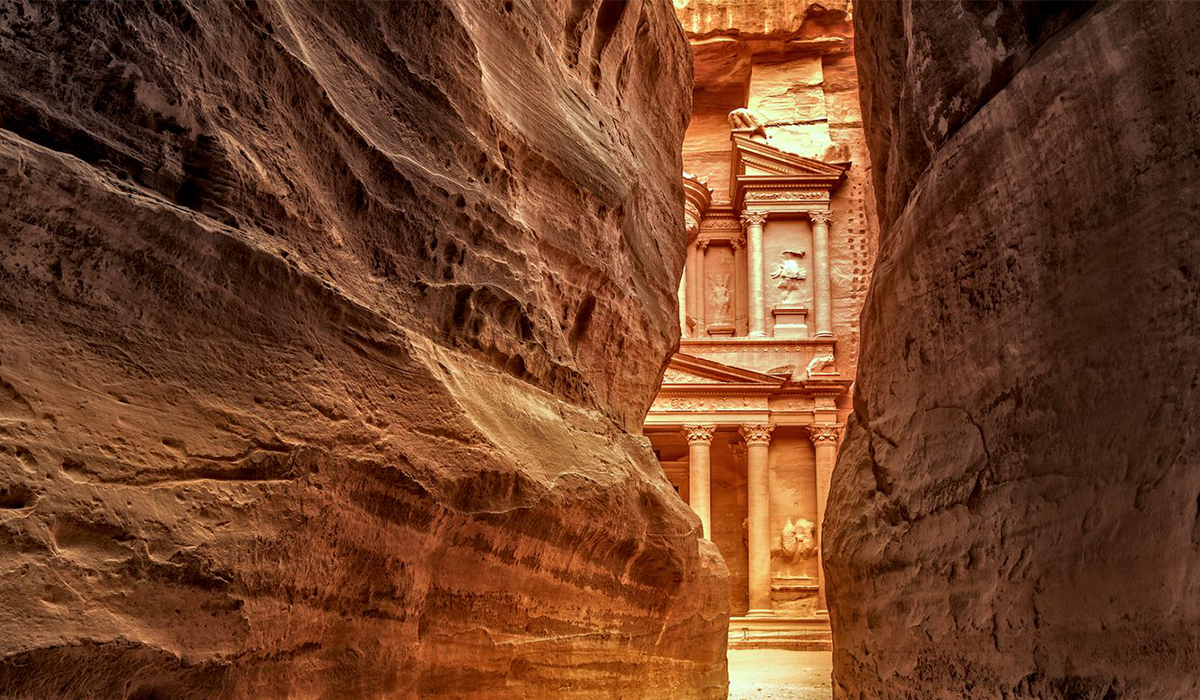Petra Daily Tours
Welcome from Petra
Carved directly into vibrant red, white, pink, and sandstone cliff faces, the prehistoric Jordanian city of Petra was “lost” to the Western world for hundreds of years.
Located amid rugged desert canyons and mountains in what is now the southwestern corner of the Hashemite Kingdom of Jordan, Petra was once a thriving trading center and the capital of the Nabataean empire between 400 B.C. and A.D. 106.
The city sat empty and in near ruin for centuries. Only in the early 1800s did a European traveler disguise himself in Bedouin costume and infiltrate the mysterious locale.
In 1985, the Petra Archaeological Park was declared a UNESCO World Heritage site, and in 2007 it was named one of the new seven wonders of the world.
Indiana Jones Location
Several scenes from the Hollywood blockbuster Indiana Jones and the Last Crusadewere filmed in Petra. The movie’s fictional Canyon of the Crescent Moon was modeled on the eastern entrance to Petra, a 250-foot-high (76-meter-high) sandstone slot canyon known as the Siq that leads directly to Al Khazneh (the Treasury)—perhaps the most stunning of Petra’s dozens of breathtaking features.
In the film’s climactic final scenes, actors Harrison Ford and Sean Connery burst forth from the Siq and walk deep into the labyrinths of the Treasury in their quest to find the Holy Grail. But, as usual, archaeological fact bowed to Hollywood fiction when Indy came to Petra.
In reality, the Treasury is nothing more than a facade with a relatively small hall once used as a royal tomb.





